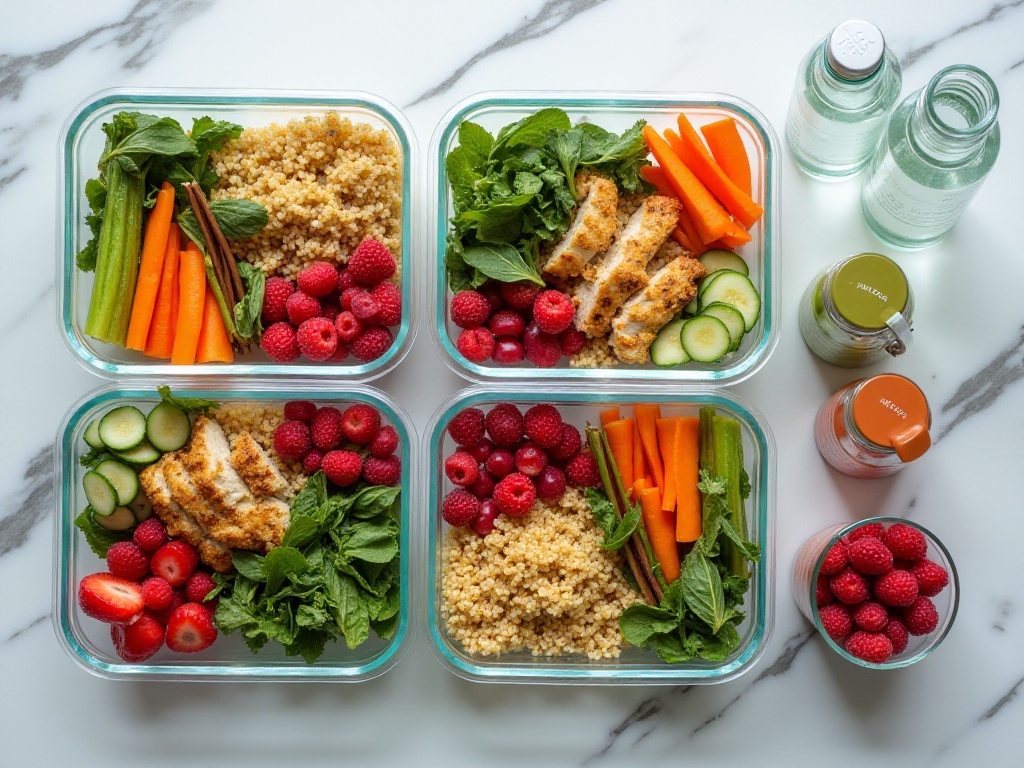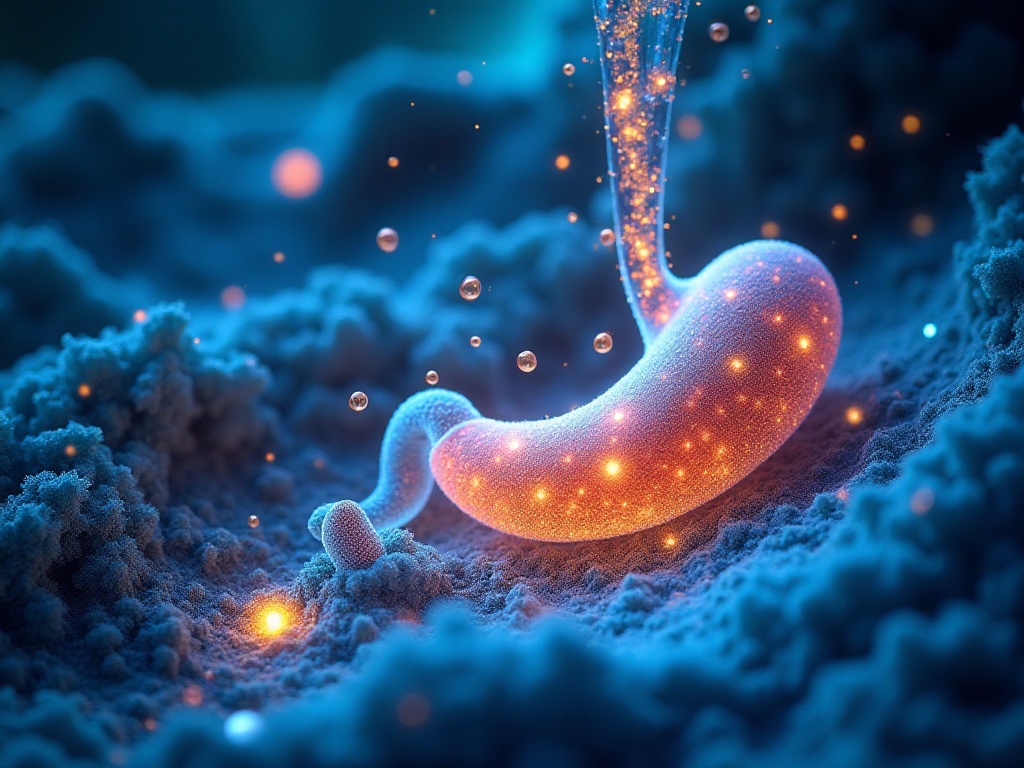Introduction
In recent years, I've noticed that my friends are paying more attention to healthy eating. Some insist on cooking for themselves every day, some frequent various light-meal restaurants, and others have begun studying nutrition. Indeed, in this fast-paced era, it's not easy to take the time to focus on your dietary health.
As a nutritionist with ten years of experience, I deeply understand that many people have misconceptions about healthy eating. Some think healthy eating means eating very little, some believe eating only vegetables is healthy, and others think expensive food must be nutritious. Actually, healthy eating isn't that complicated, and today I'll share some practical nutrition knowledge and dietary advice.
Nutrition Basics
Honestly, I've been shocked by many "dietary myths" circulating online. For example, "you can't eat carbs at night," "fruits are too high in sugar so you can't eat them," "you can't eat too many eggs," and so on. These claims not only lack scientific basis but also affect our nutritional intake.
Let's first talk about carbohydrates. Many people fear "carbs," worried that eating even one extra bite of rice will make them gain weight. Actually, carbohydrates are our body's main energy source - the key is choosing the right foods. Refined carbs aren't very healthy, like white bread, cakes, and cookies, but whole grains are different.
Whole grains retain the complete nutrition of the grain, including dietary fiber, vitamins, and minerals. Take brown rice for example - while its texture might not be as refined as white rice, its nutritional value is much higher. I often suggest my clients try replacing white rice with brown rice, or mix the two. It might take some getting used to at first, but after persisting for a while, you'll find that brown rice not only has a unique taste but also keeps you fuller longer.
Oats are also a great choice, especially for breakfast. I particularly enjoy making creative breakfasts with oats. You can add various fruits and nuts, top with yogurt - it's not only delicious but also nutritionally balanced. Sometimes soaking them overnight makes them ready to eat the next morning, perfect for young people who have trouble getting up early.
Let's talk about protein. Many people know protein is important but aren't sure how to consume it properly. Actually, protein sources are numerous, not just meat. Beans, eggs, and dairy products are all good protein sources. Take tofu for example - 100g of tofu contains about 8g of protein, and it's low in fat, making it particularly suitable during fat loss periods.

Practical Guide
After covering the theory, let's discuss how to actually eat. First is the "rainbow plate" concept. This concept is actually very simple - it's about making your plate as colorful as a rainbow. Why do this? Because vegetables and fruits of different colors contain different nutrients.
For example, red tomatoes and watermelon contain lycopene, which is antioxidant; orange carrots and pumpkins are rich in carotene, which is good for eyes; green spinach and broccoli contain chlorophyll and iron; purple eggplants and blueberries are rich in anthocyanins... The more colorful your plate, the more comprehensive your nutrient intake.
I often advise my clients to think when preparing a meal: "How many colors are on my plate?" If there are only one or two colors, then you might need to add more ingredients. This method is particularly practical and intuitive.

Habit Formation
When it comes to developing healthy eating habits, the most important thing is to make healthy eating convenient. Many people say they don't have time to prepare healthy food, but the key is learning to manage time and stock ingredients.
I suggest spending an hour on food preparation every weekend. Here's how you can arrange it:

Practical Tips
Dining out is when many people are most likely to break their healthy eating habits. Restaurant food generally has higher oil and salt content, and portions are usually large. However, with some techniques, you can eat healthily even when dining out.

Sustained Persistence
Changing dietary habits is a long process that requires persistent willpower. I've seen too many people start with full enthusiasm but give up before a month is over. Actually, healthy eating isn't a short sprint but a marathon.

Conclusion
Healthy eating is actually a lifestyle - it's not just about physical health but also about quality of life. When you gradually develop healthy eating habits, you'll find yourself with more energy, better mood, and a higher quality of life.
I hope that through sharing this article, I can help everyone avoid some detours on the path to healthy eating. Remember, there's no standard answer for healthy eating - the most important thing is finding what works for you and then persisting with it.
I believe that as long as each of us pays a bit more attention and persists a bit more, we can definitely achieve health and happiness. Let's work together for a better life!







